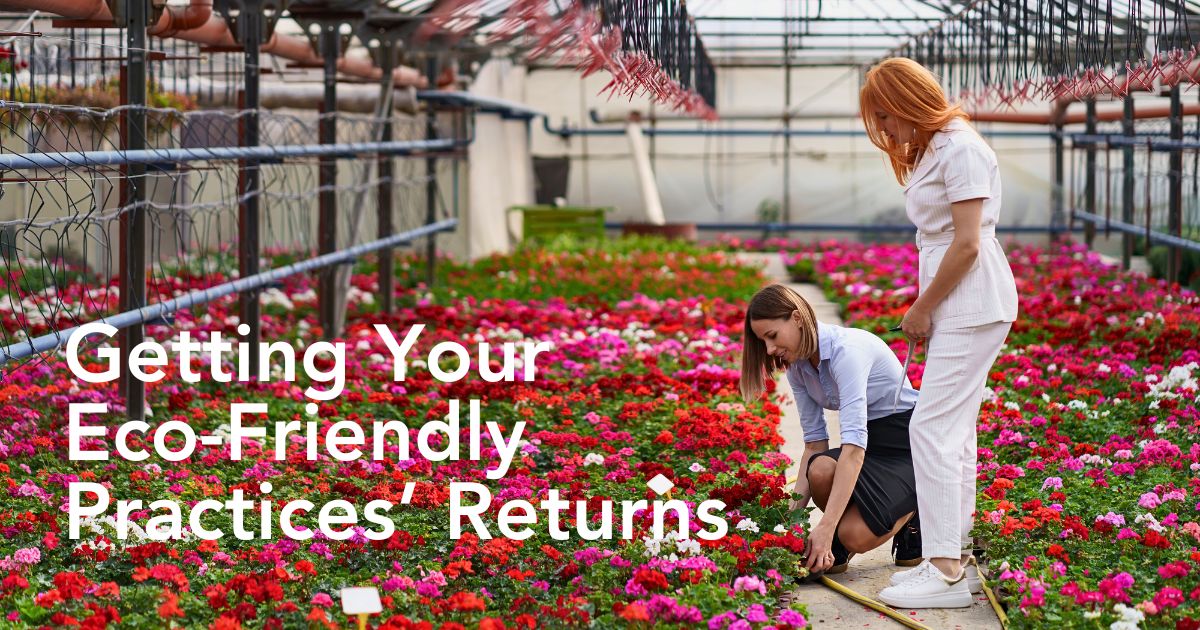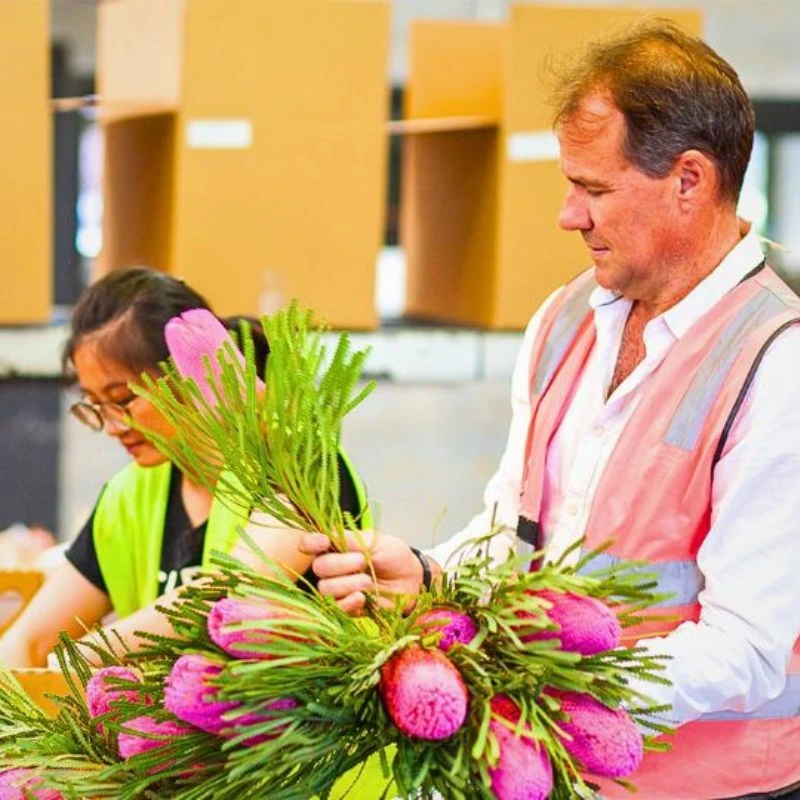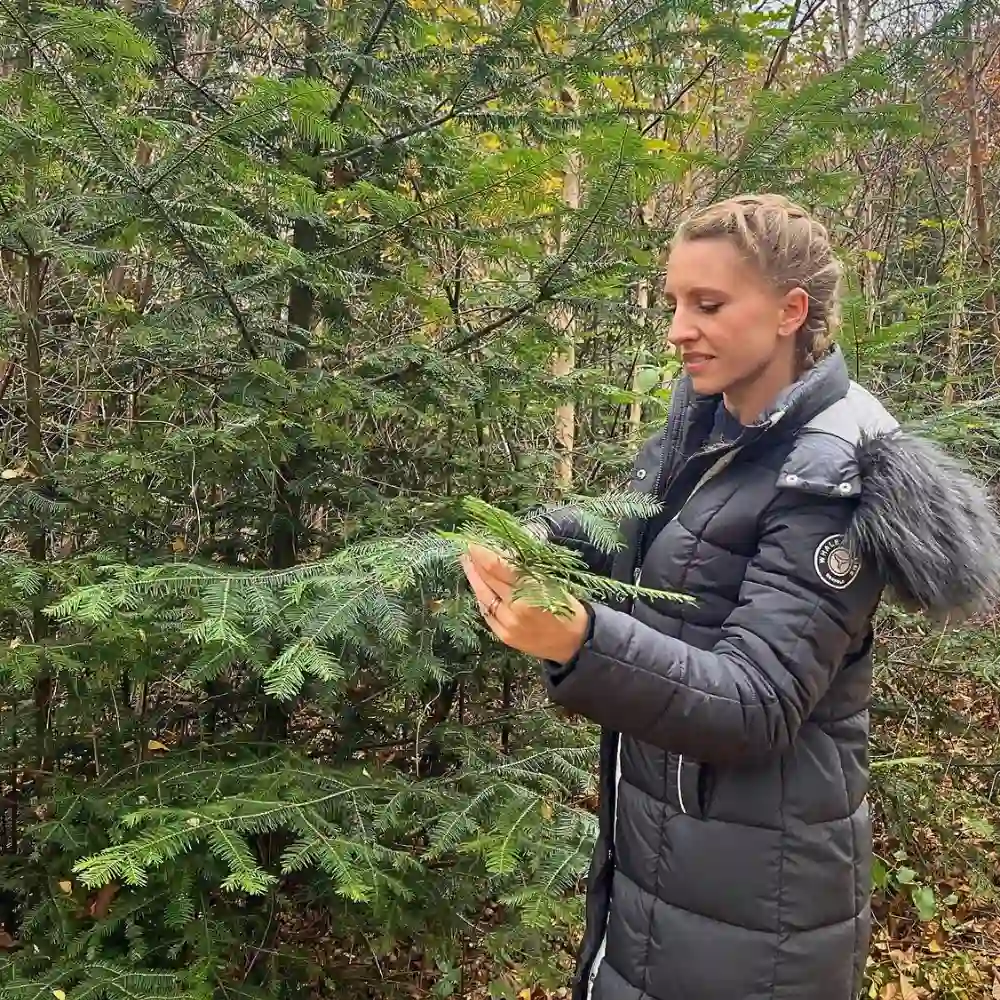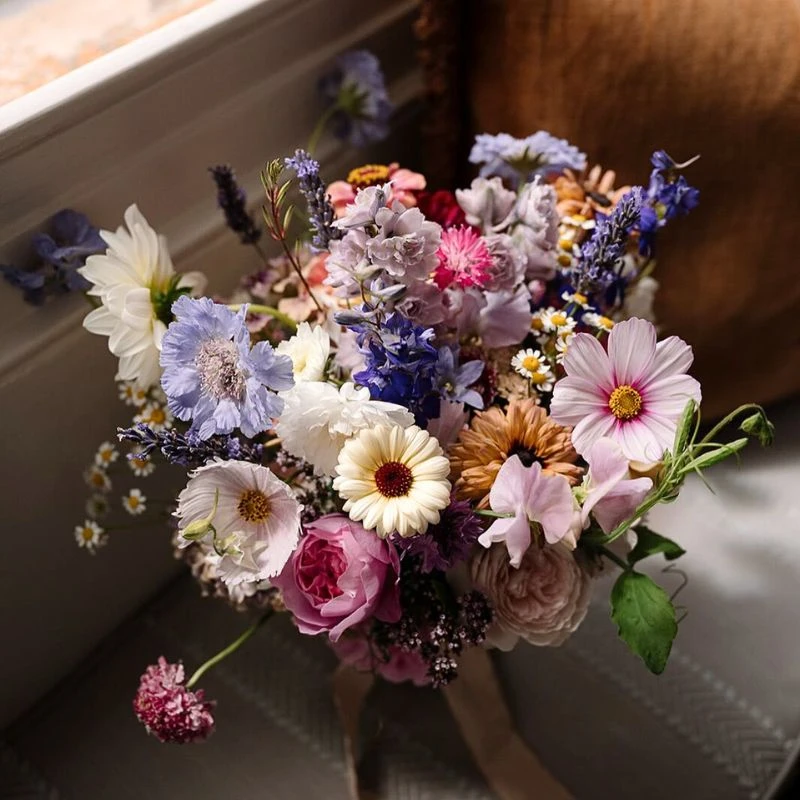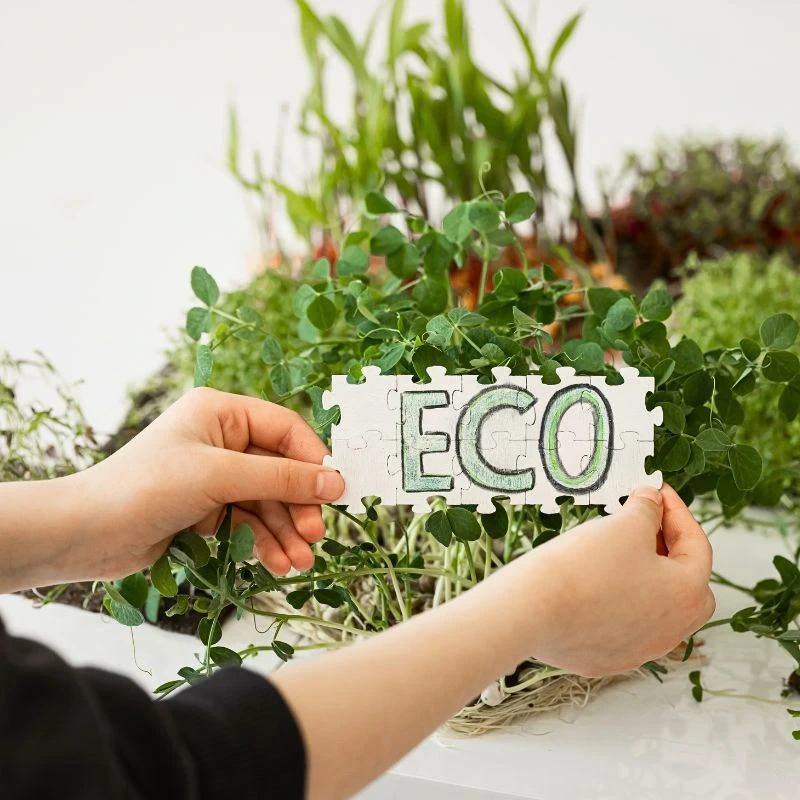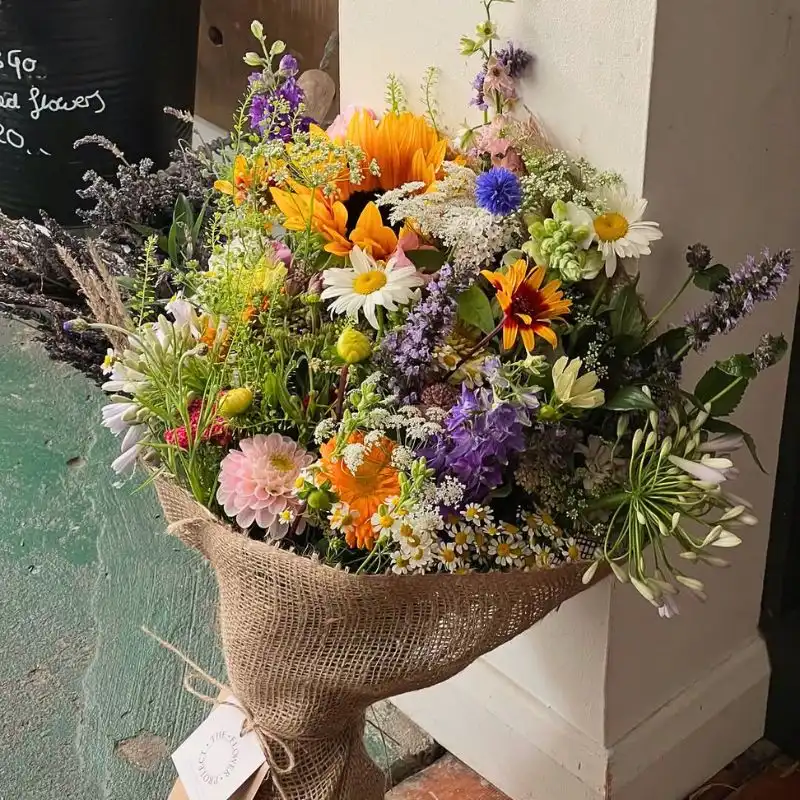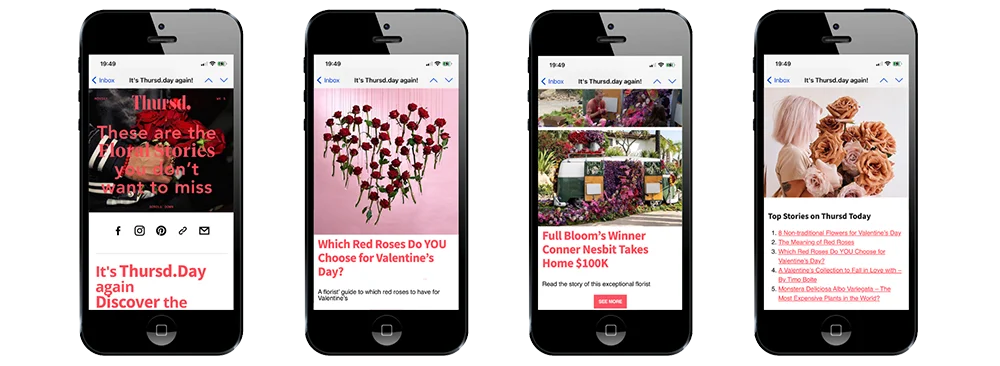"Sustainable floriculture sounds great, but can I actually afford it?" If you have ever asked yourself this question as a floral business owner, you are definitely not alone. The perceived high costs of going green often dwarf the long-term financial benefits, leaving many growers stuck in a cycle of wanting to do better but feeling like they cannot justify the investment.
But when you dig deeper into the actual numbers, sustainable practices often pay for themselves and even top it all up with bonuses. The challenge is not that sustainability does not make economic sense; rather, it is that the return on investment (ROI) is not always immediately obvious. But Sustainabloom offers some insights that help floral businesses see past the upfront costs to understand the real financial picture of sustainability.
Breaking Down the Cost Myth
Starting with a reality check, yes, sustainable practices often require substantial initial investments. Installing LED grow lights, upgrading to precision irrigation systems, or pursuing organic certification all come with associated costs. But Sustainabloom helps you understand that focusing solely on upfront costs is like judging a book by its cover—you miss the whole story.
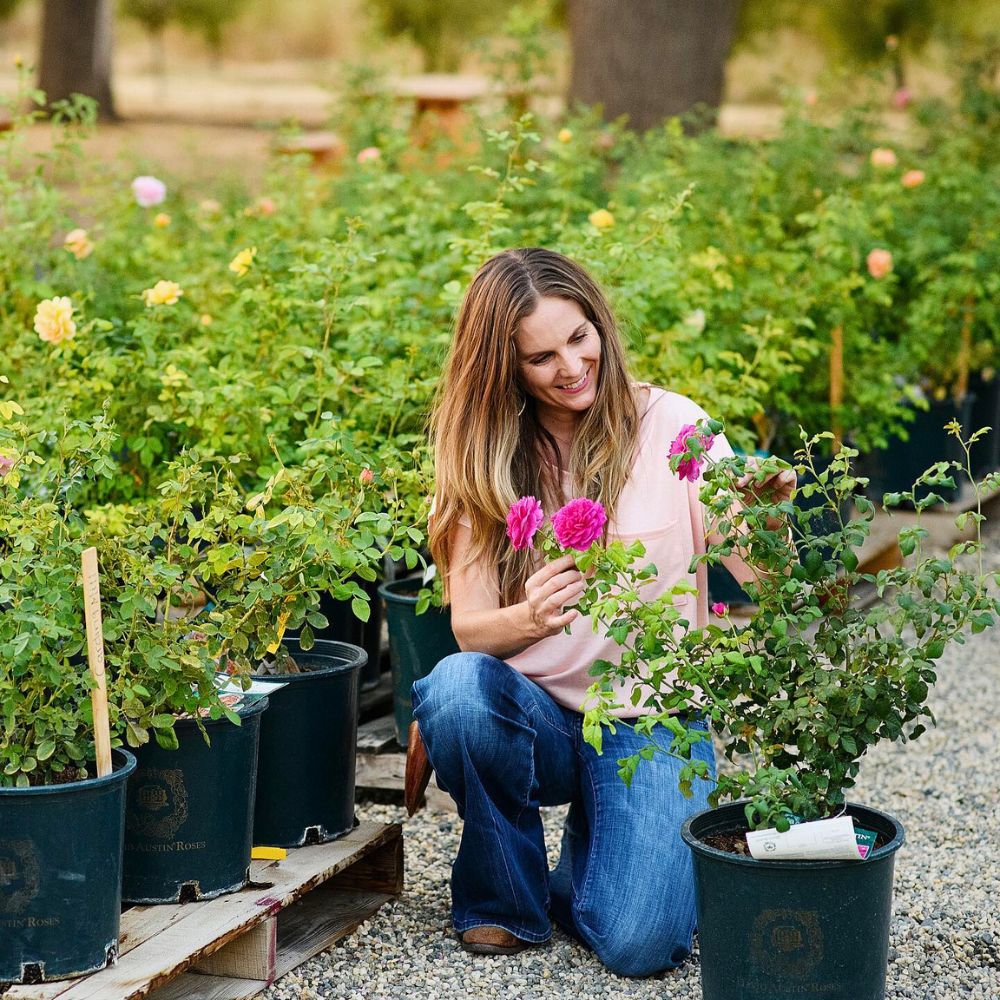
Sustainabloom provides tools and resources that help paint the complete financial picture of sustainability investments. The program’s guides can help you learn how to track metrics such as carbon emissions, product losses during handling, green waste diverted through composting, and energy use. When all these benefits are summed up over time, the ROI is often clear.
The Energy Efficiency Advantage
One area where Sustainabloom really helps growers see clear returns is energy efficiency. While the initial investment might seem steep, the change can often provide future savings. Sustainabloom offers real-life business examples, such as Metzlar Forest Products in the Energy Efficiency Guide, that were able to use 80% less propane by rethinking their energy use.
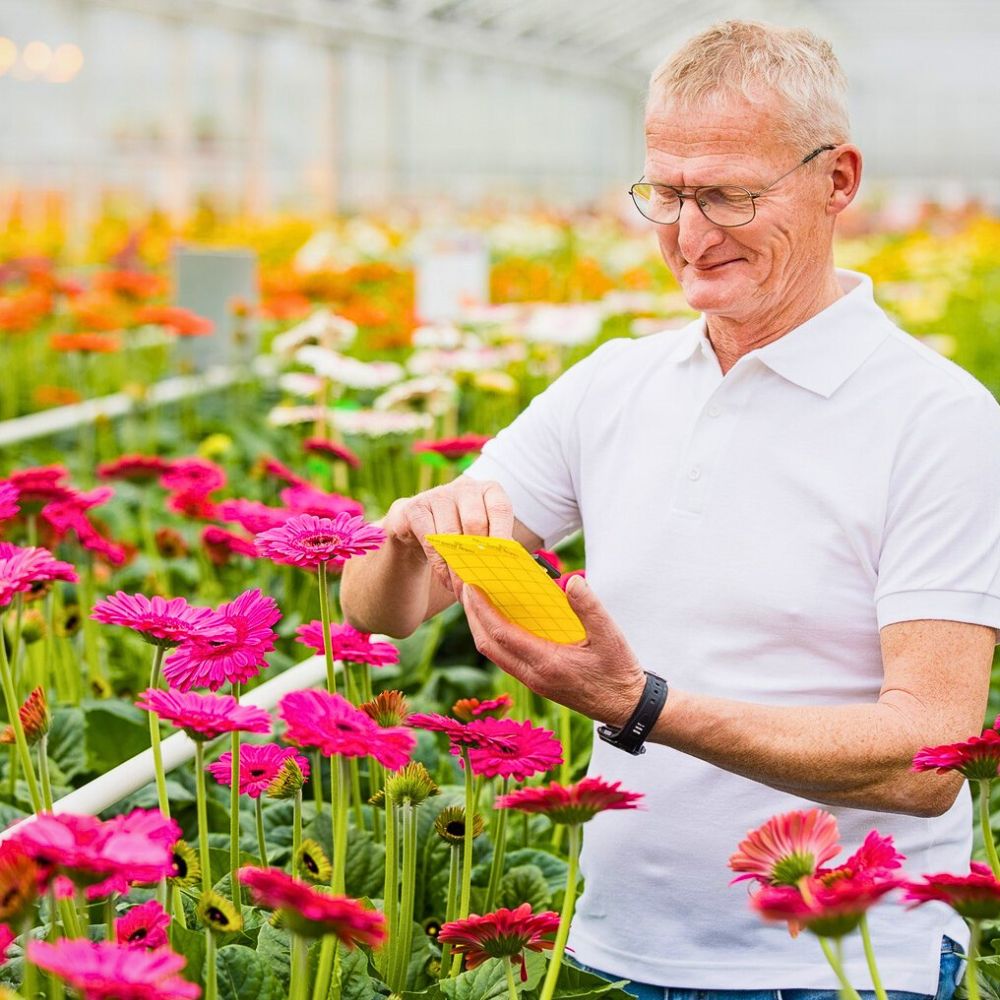
Sustainabloom can help floral business owners understand that energy upgrades are not just about being friendly for the environment, but also about reducing one of their largest operational expenses month after month. When you see how quickly energy savings can offset the initial investment, the decision becomes much easier.
The Premium Market Opportunity
Premium market access opportunities are where Sustainabloom really opens eyes. The program helps understand the market dynamics and the advantages that come with sustainable floricultural practices.
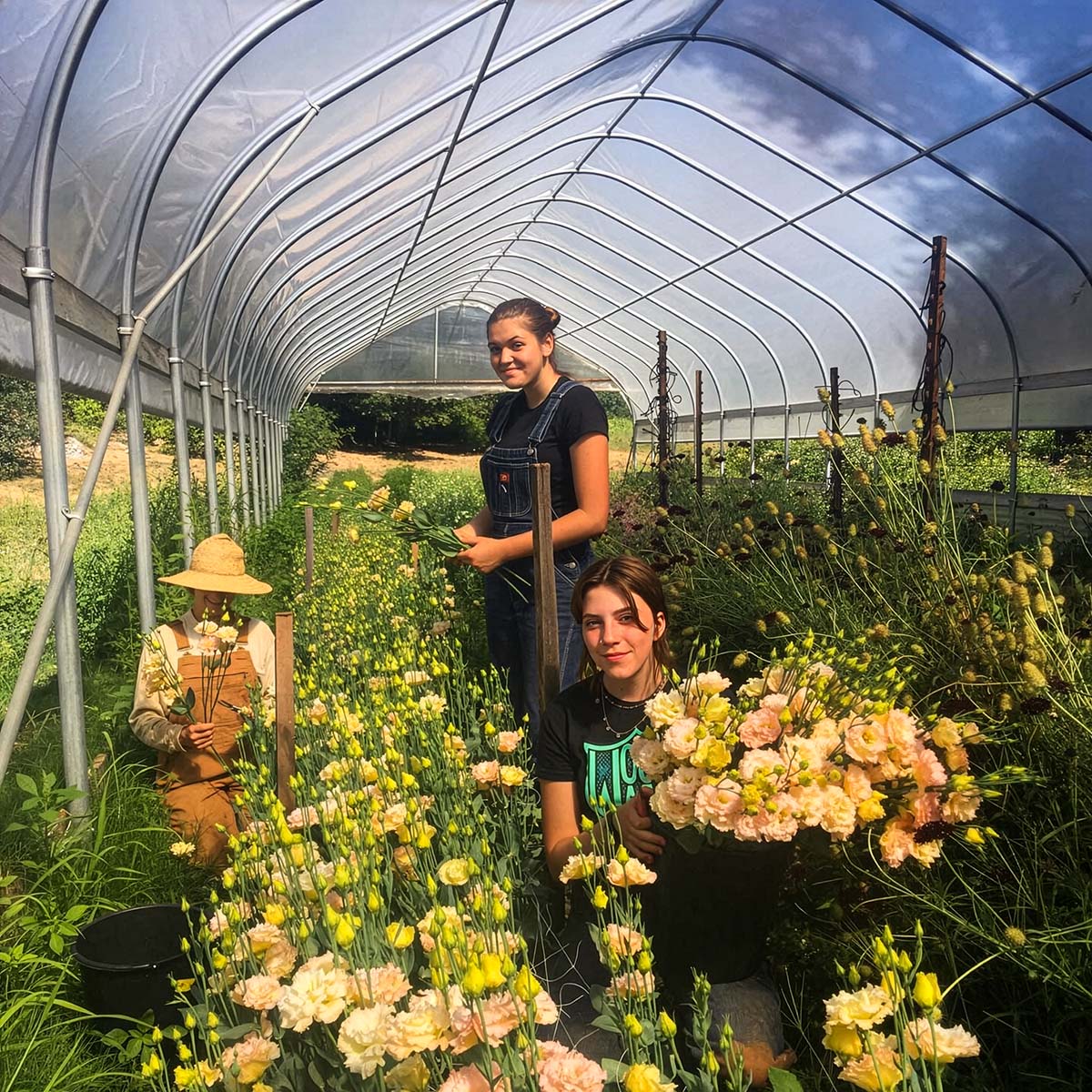
Consumer demand for sustainably grown flowers is growing fast, and retailers are increasingly seeking suppliers who can meet these expectations. In their Consumer Preferences Guide, Sustainabloom cites a recent Floral Marketing Fund survey that found half of the respondents indicated a willingness to pay 10% or more for flowers with certain sustainable attributes.
When a business is able to sell flowers at a premium while reducing production costs, the ROI equation becomes even attractive. By understanding and responding to consumer demand for sustainability, businesses can not only contribute positively to the environment but also build stronger connections with their customers.

Operational Efficiency Gains
One aspect of sustainability that Sustainabloom highlights effectively is operational efficiency. Sustainable practices often streamline operations in varied ways. Think reduced labor costs and improved productivity. Integrated pest management (IPM) systems, for instance, can reduce the time and money spent on pest treatment while improving crop quality.
Real Examples from Real Floral Businesses
Sustainabloom also has a curation of spotlights showing how real floral industry businesses have implemented sustainable practices. These stories highlight both the challenges and the triumphs of implementing sustainable practices in floriculture and serve as inspiration and education for readers.
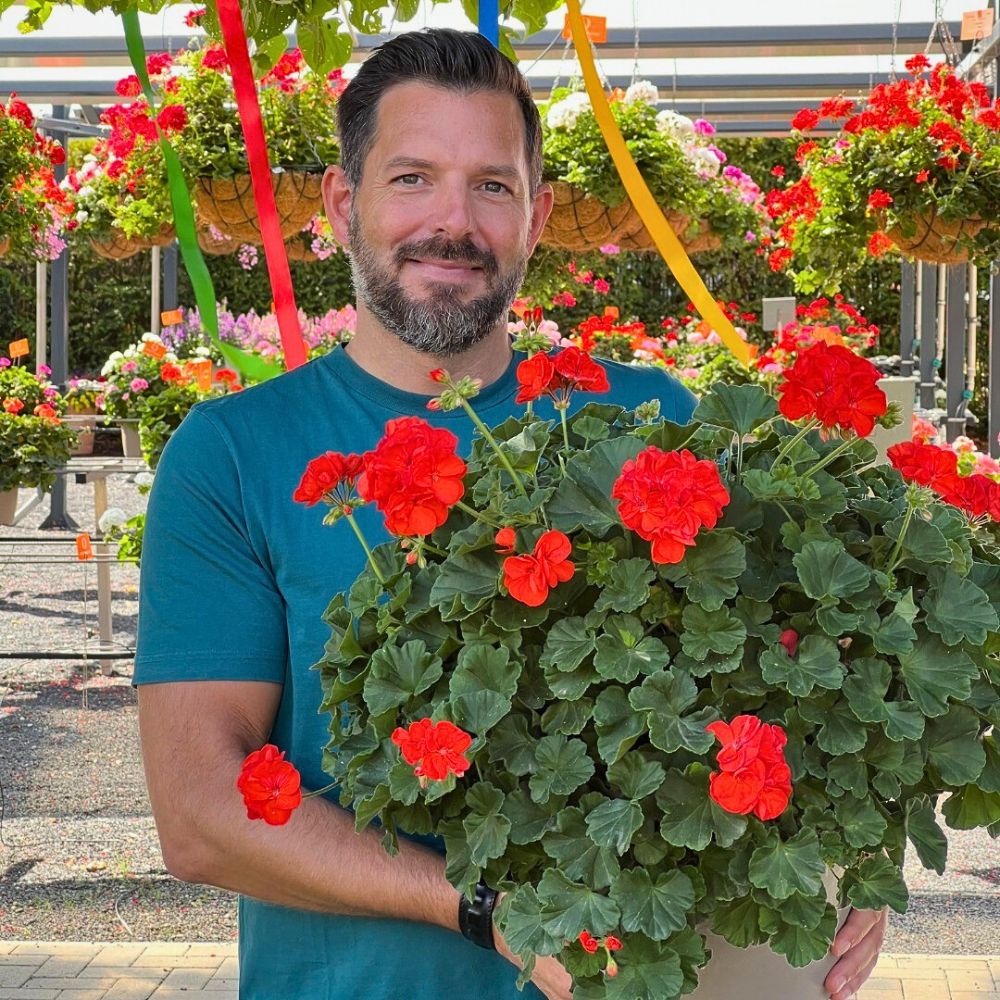
Spotlights highlight, for example, how EZRack has prevented over 455,000 metric tons of carbon emissions from entering the environment, or how FloraLife has removed over 46,000 plastic labels from company packaging.
Planning Your Sustainable Strategy
Sustainabloom resources can help guide businesses through prioritizing investments based on their specific sustainability situations. It’s worth thinking about the potential for a step-wise strategy. Maybe one could start with energy efficiency upgrades that pay for themselves quickly, then use those savings to fund water conservation improvements, and eventually pursue certification. Through all these, the program’s resources can help map out a sustainability journey that makes financial sense for the floral operation.
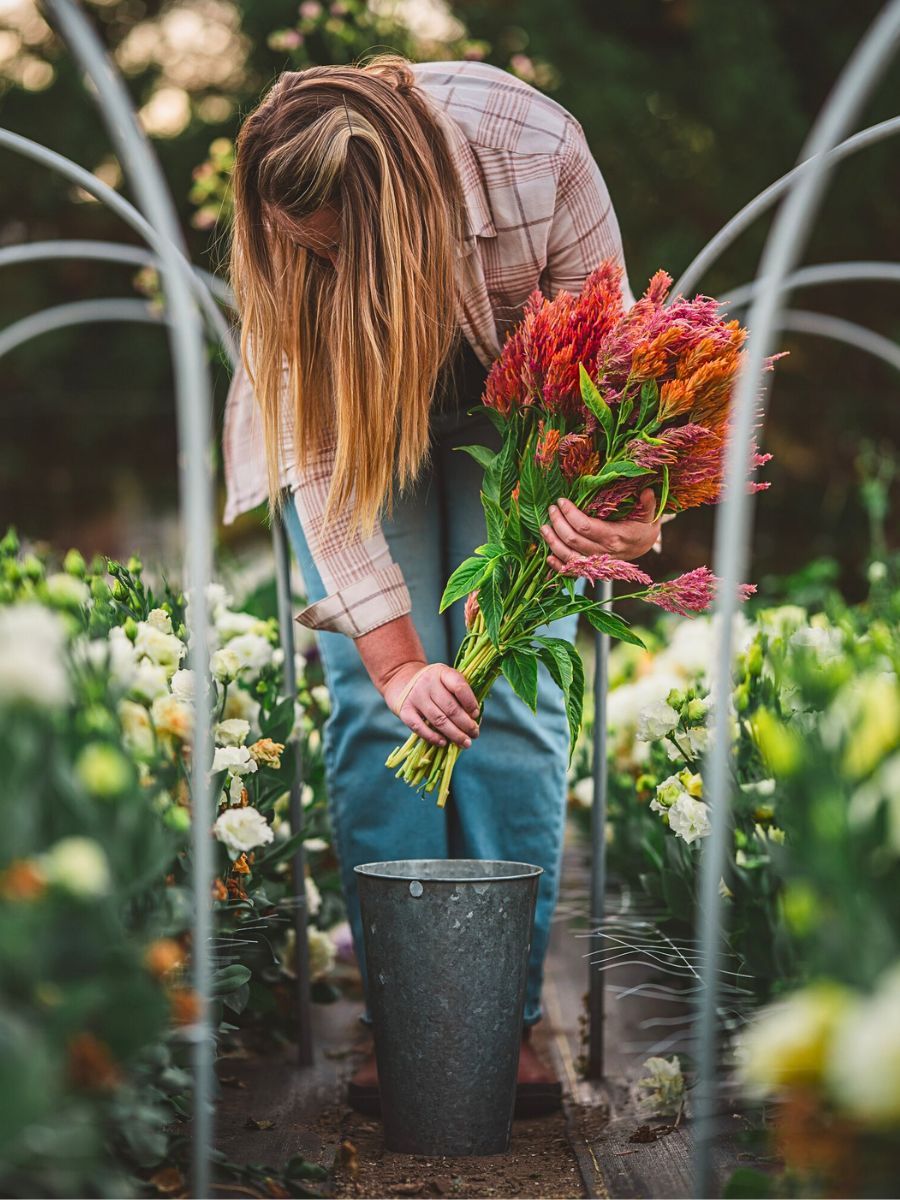
Being able to show these clear financial benefits means sustainability stops being a cost center and starts being a profit strategy, because, quite honestly, sustainability in floriculture is more than just about doing the right thing for the environment, but also often about doing the smart thing for your floral business. The key is understanding how to read, understand, calculate, and communicate the full ROI picture.
Feature image by @dummenorangeeu. Header image by ArthurHidden.

